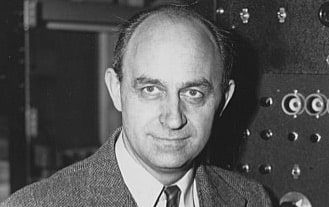
The most frequently cited qualities associated with highly intelligent individuals are: curiosity, open-mindedness, critical thinking ability, capacity for abstraction, adaptability, etc. However, the key question is, “How do we assess these qualities without access to instruments such as IQ tests?”
The human resources people at Microsoft and other companies designed questions to determine the intelligence and the creativity of applicants for jobs in their organizations. During interviews, they would pose questions that the applicant could ponder and then deliver a response. For example, one of the questions asked by the hiring team was, “Why are manhole covers round instead of square?”
Answer: A round cover has the same diameter throughout and the hole it covers has a smaller diameter, so the cover can never fall through the hole, even if it’s picked up and rotated. However the diagonal of a square hole is greater than the edge of its cover, so the cover could fall through the hole.
The candidate does not require any specialized knowledge to answer the question, but requires a capacity for critical thinking. The first thing they might wonder could be ,“What is unique about a circle compared to a square?” The candidate may not reach the answer, but the hiring team would observe as the candidate verbalizes their thinking process.
Another question asked is, “How many ways can you arrange 10 distinct books on a shelf?”
The answer to this question requires only high school algebra. The answer is the product of the integers from 1 to 10 (called “10 factorial.”) Knowing such things is vital to computer programming in instances where a person may need to generate a sort routine.
Another class of questions that require critical thinking are called Fermi problems after the famous Italian physicist Enrico Fermi. These are problems requiring rough estimations of quantities for which the precise information is not available. Some examples of Fermi problems are:
• How many thirteen-year-olds are there in the United States?
• How many revolutions will the average automobile tire make in its lifetime?
• What is the total number of minutes that the average person spends watching television during a period of one year?
When watching a candidate attempt to estimate the answer to a Fermi problem, the interviewing team is more interested in the candidate’s thought process than in an exact number. It’s designed to assess a person’s ability to break down a complex problem into smaller, more manageable parts.
The importance of these “back-of-the-envelope calculations” was evident during the Manhattan Project. On July 16, 1945, at the New Mexico test site for the first atomic bomb, Enrico Fermi observed the flash of the detonation and felt the subsequent shockwave. By dropping small pieces of paper and timing how long it took for them to be blown away by the shockwave, he was able to estimate the force of the bomb’s explosive power. His rough calculation was surprisingly accurate, giving an estimate of about 10 kilotons, which was very close to the actual yield of the bomb—about 20 kilotons.
Such “order-of-magnitude” estimates are vital throughout life when precise numbers are not available and the ability to make such estimates provide a good measure of critical thinking skills.
